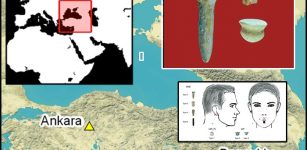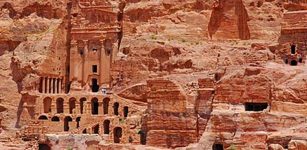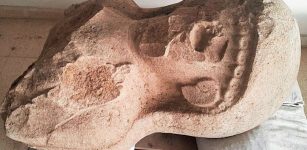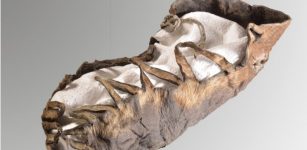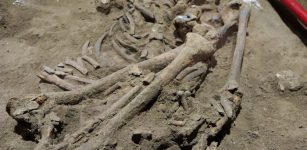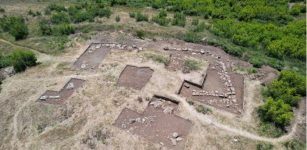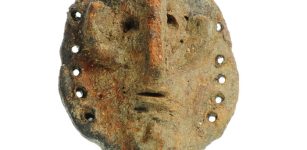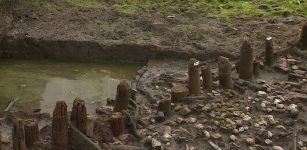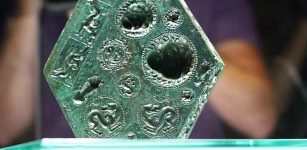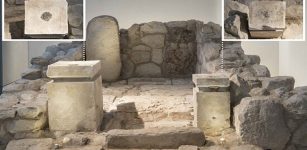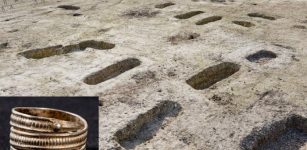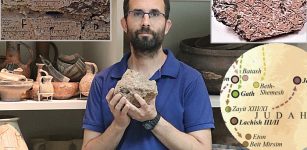Ancient Stone Ram Figurine – Symbol Of Abundance And Great Courage – Unearthed In Old Cemetery
Conny Waters - AncientPages.com - Stone animals such as stone lions and stone rams were placed on top of the tombstones of brave and courageous people as a symbol of abundance and great courage in the face of danger, especially in battle.
An ancient stone ram - a symbol of abundance and great courage- was discovered during an unauthorized excavation in an old cemetery in Anbardaran village, northwestern East Azarbaijan province.
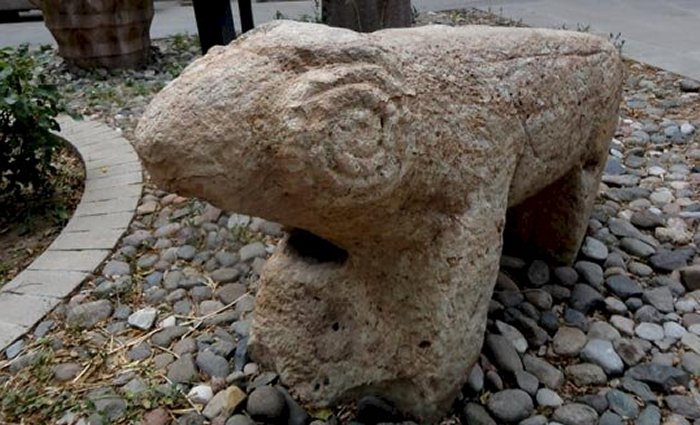
The stone ram was submitted to the province’s cultural heritage department to be studied by the archeologists and cultural heritage experts, provincial tourism official Hossein Esmaeili informed.
Stone animals such as stone lions and stone rams were placed on top of the tombstones of brave and courageous people as a symbol of abundance and great courage in the face of danger, especially in battle. In most cemeteries, a statue of a ram decorated the graves of heroes and heroines, and the names of the heroes were taken with a ram, such as the ram of Kuraoglu, the ram of the prophet.
The ram or stone lion figurines were usually considered a symbol of the tombstone of a warrior or a hero who died, and a symbol from the patriarchal period onwards.
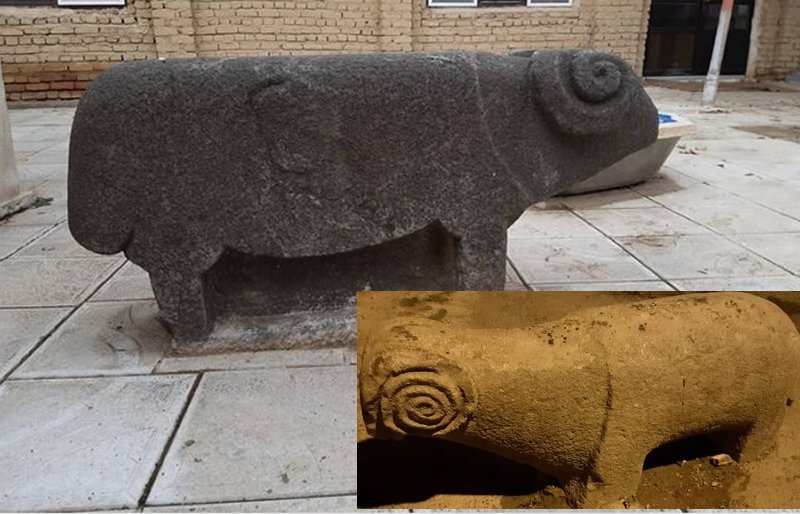
Soaked in history and culture for millennia, Tabriz, which is the capital of East Azarbaijan, has a long history and is full of "historical and religious sites, including Jameh Mosque of Tabriz and Arg of Tabriz, and UNESCO-registered Tabriz Historic Bazaar Complex to name a few," wrote Tehran Times.
However, the city's early history is not well-documented. The earliest civilization signs in the city are related to an Iron Age graveyard of 1st millennium B.C. which were unearthed in the late 1990s on the northern side of Blue Mosque. The city is inscribed as old as 714 B.C. on as Tarui or Tauris, on the Assyrian King Sargon II's epigraph in 714 BC.
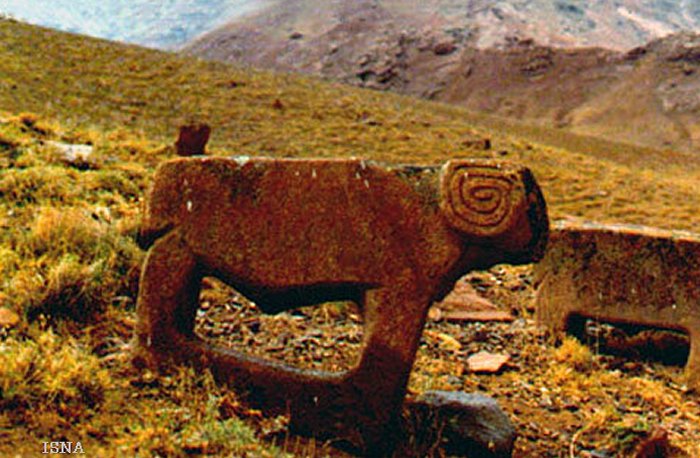 Old stone rams belonged to different historical periods.
Old stone rams belonged to different historical periods.
Since the earliest documented history of Tabriz, it has been chosen as the capital for several rulers commencing from Atropates era and his dynasty. It is likely the city has been destroyed multiple times either by natural disasters or by the invading armies.
The earliest elements of the present Tabriz are claimed to be built either at the time of the early Sassanids in the 3rd or 4th century AD or later in the 7th century. The city used to be called T'awreš in Middle Persian.
Written by Conny Waters - AncientPages.com Staff Writer

